Marketing has become a holistic practice. You can’t just focus on one channel and expect to have the impact that those who are using every method to connect with the public are getting. For online marketing this means you can’t rely on just SEO or PPC to get the visibility you want. A new study from the digital marketing tech company Kenshoo proves this point by showing that marketers using social advertising and paid ads together see better conversion rates than those who only use a single channel.
In what Search Engine Watch reports to be the first study of its kind, Kenshoo discovered that when a person was exposed to both a brand’s Facebook ads and paid search ads, there was a 30 percent more return on advertising spending than when a person was only exposed to paid search ads exclusively.
“The fact that Facebook advertising on its own during this study was declared a successful initiative and had such a strong impact on paid search is indicative of the power of the platform,” Kenshoo said in its report.
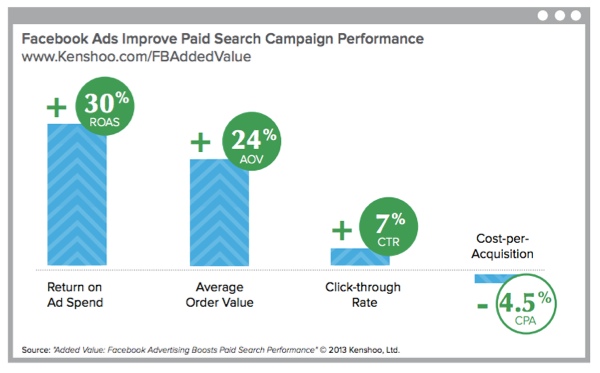
“If marketers only had one Key Performance Indicator (KPI) to compare media channels, the metric of choice would be ROAS [return on ad spend], which is calculated as Revenue/Cost. For example, if an advertiser spent $20 and generated $100 in sales it had a 5x ROAS. Even media with different conversion goals can be easily evaluated based on how much it returned versus how much it spent.”
Kenshoo also noted that click-through rate improved along with returns on ad spending. Paid ads saw a 7 percent increase in CTRs when a person had seen both Facebook and PPC ads, “indicating that social advertising was able to positively impact consumer awareness and perception of the brand.”
When combined, search and social advertising also resulted in 4.5 percent lower cost per acquisition, according to Kenshoo.
“On the surface, 4.5 percent may not seem significant when compared to some of the other high numbers reported in this study,” Kenshoo said, “yet ask any advertiser if they could lower their costs to bring in orders by this amount and they would all jump at the opportunity.”

 Social media has become a part of our lives whether we like it or not, and don’t expect that to change in the next year. In fact, if marketing trends are to be believed, 2014 could be the biggest year yet for social media marketing. Erik Sass
Social media has become a part of our lives whether we like it or not, and don’t expect that to change in the next year. In fact, if marketing trends are to be believed, 2014 could be the biggest year yet for social media marketing. Erik Sass 
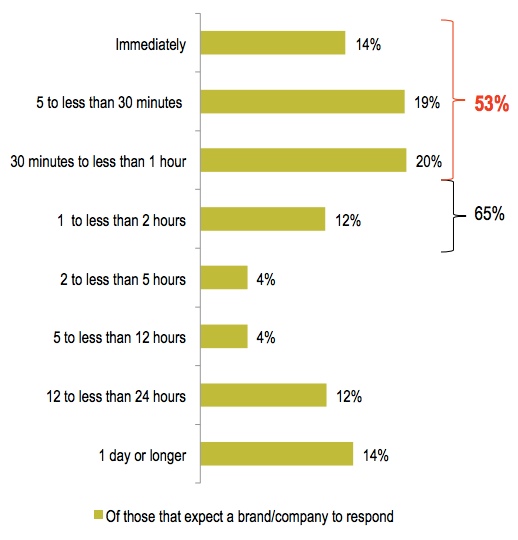
 Everyone knows about Facebook and Twitter, and even the smallest business owners tend to feel like they have a pretty good idea what they are doing on the two biggest social media platforms. But, some social media isn’t as easy to understand as the two giants. Instagram poses an especially difficulty problem for many business owners, who haven’t been able to figure out how you can turn a pictures and hashtag only platform into brand building and customer outreach.
Everyone knows about Facebook and Twitter, and even the smallest business owners tend to feel like they have a pretty good idea what they are doing on the two biggest social media platforms. But, some social media isn’t as easy to understand as the two giants. Instagram poses an especially difficulty problem for many business owners, who haven’t been able to figure out how you can turn a pictures and hashtag only platform into brand building and customer outreach.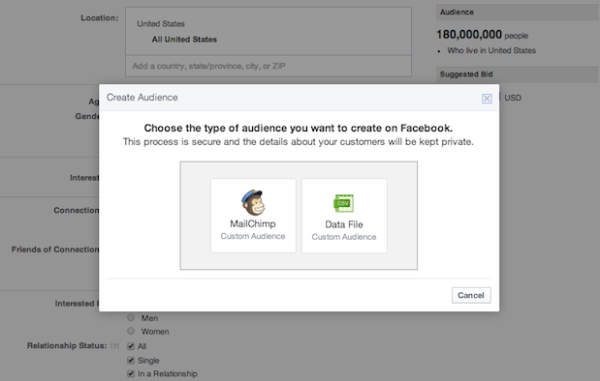
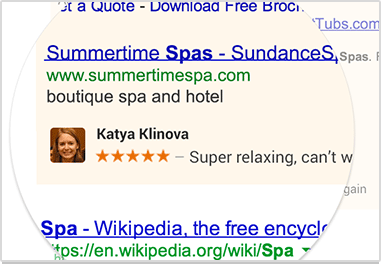 These changes won’t take place until November, but don’t expect a prompt roll-out. It is possible you may start seeing the changes starting the 11th, but more likely it will gradually appear over the span of a few days or even a couple of weeks.
These changes won’t take place until November, but don’t expect a prompt roll-out. It is possible you may start seeing the changes starting the 11th, but more likely it will gradually appear over the span of a few days or even a couple of weeks.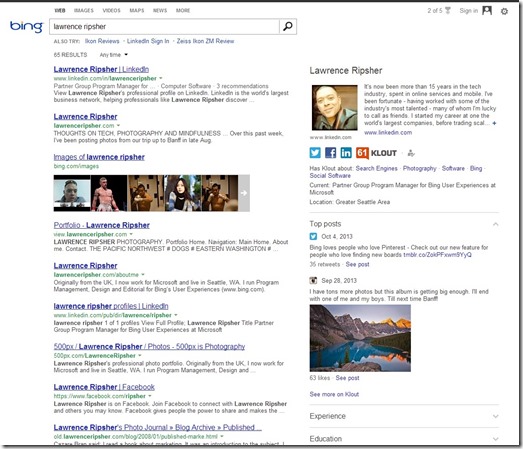 Bing gave people more control over what shows up about them online last week when
Bing gave people more control over what shows up about them online last week when 

